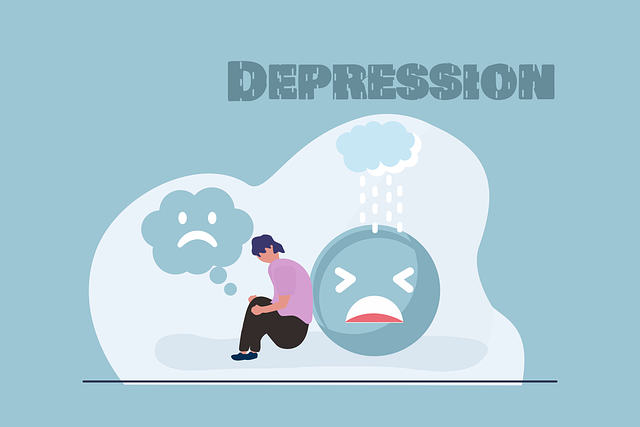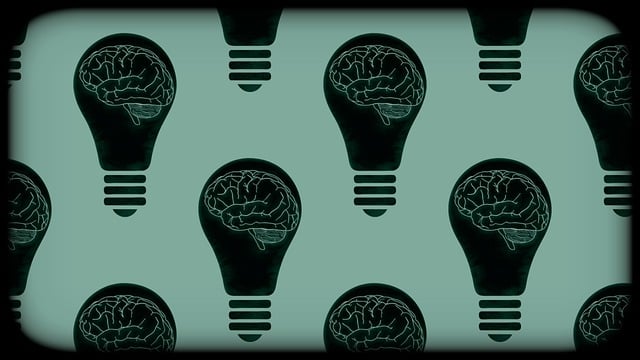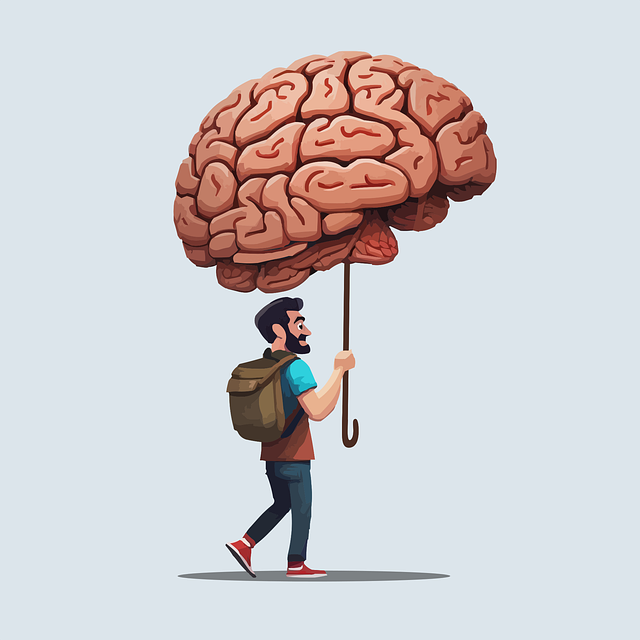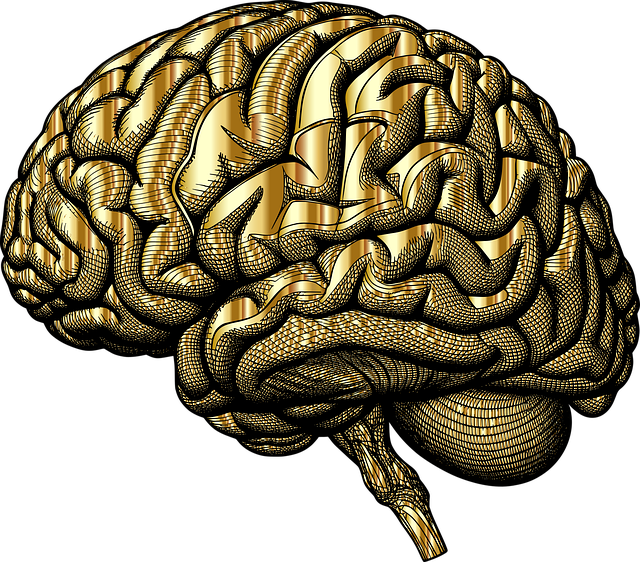Mental health apps, like Lakewood Eating Disorders Therapy, have gained popularity as accessible digital tools for managing stress, anxiety, and specific conditions like eating disorders. These apps offer personalized programs including mindfulness exercises, meditation guidance, mood tracking, educational content, and crisis intervention, empowering users to take control of their mental wellness from home. The Lakewood Eating Disorders Therapy app caters to diverse users with tailored approaches based on age, cultural background, and personal triggers, addressing underlying causes linked to trauma or stress. Key features for effective mental wellness apps include personalized therapy plans, trackable progress, interactive tools, burnout prevention strategies, compassion cultivation practices, and regular feedback mechanisms. Development involves user research, UX design, prototyping, marketing, and continuous updates based on feedback.
Mental wellness apps are transforming lives, offering accessible support for diverse mental health needs. This article explores the development of a specialized app, focusing on the unique challenges of eating disorders within the Lakewood community. We’ll delve into understanding the target audience, key features like personalized therapy sessions and tracking tools, and effective launch strategies. By examining these aspects, we aim to empower developers in creating impactful solutions like the Lakewood Eating Disorders Therapy App.
- Understanding Mental Health and Wellness Apps
- Target Audience and Customization for Lakewood Eating Disorders Therapy App
- Key Features and Functionality to Include
- Development Process and Launch Strategies
Understanding Mental Health and Wellness Apps

Mental health and wellness apps have gained significant traction in recent years as people seek digital tools to support their well-being. These applications offer a convenient and accessible way for individuals to manage stress, anxiety, depression, and even specific mental health conditions like eating disorders, as seen in Lakewood Eating Disorders Therapy services. By providing personalized programs and resources, they empower users to take charge of their mental wellness from the comfort of their homes.
Wellness apps often incorporate various features such as mindfulness exercises, meditation guidance, mood tracking, and educational content to promote self-care practices. Some also offer crisis intervention guidance, ensuring support during urgent situations. Through these digital platforms, users can access professional advice and connect with like-minded individuals, fostering a sense of community and reducing the stigma associated with mental illness.
Target Audience and Customization for Lakewood Eating Disorders Therapy App

The target audience for a Lakewood Eating Disorders Therapy app is diverse and requires tailored approaches to ensure effectiveness. This digital tool aims to support individuals struggling with eating disorders, ranging from anorexia nervosa to binge eating disorder. It caters to a wide range of users, including teenagers, young adults, and even those in their later years who may have developed these conditions later in life. Customization is key; the app should offer personalized therapy plans based on individual needs, considering factors like age, cultural background, and personal triggers.
By incorporating Trauma Support Services and focusing on Self-Care Routine Development for Better Mental Health, the app can cater to a deeper level of user needs. Many eating disorders are linked to underlying trauma or as coping mechanisms for stress and anxiety. Incorporating mental wellness coaching programs within the app allows users to develop healthy self-care routines, fostering better overall mental health. This comprehensive approach ensures that the Lakewood Eating Disorders Therapy app is not just a tool but a supportive companion on the journey towards recovery.
Key Features and Functionality to Include

When developing a mental wellness app, especially one focusing on issues like Lakewood Eating Disorders Therapy, key features should prioritize user engagement and effectiveness. Incorporate personalized therapy plans tailored to individual needs, allowing users to track their progress over time. Interactive tools such as meditation guides, journaling prompts, and cognitive-behavioral exercises can help users develop healthy coping mechanisms. Additionally, integrating features for burnout prevention strategies for healthcare providers can foster better support for both patients and practitioners, creating a holistic care environment.
Beyond direct therapy, compassion cultivation practices should be integrated to promote empathy and self-care. These might include mindfulness activities that encourage users to cultivate kindness and understanding towards themselves and others. The app could also facilitate public awareness campaigns development by providing educational resources and community forums where users share their experiences and support one another. Regular feedback mechanisms ensure the app remains responsive to user needs, facilitating continuous improvement and enhanced mental wellness outcomes.
Development Process and Launch Strategies

The development process of a mental wellness app, such as those offering Lakewood Eating Disorders Therapy or Stress Management Workshops, involves several stages. It begins with thorough research and understanding of the target audience’s needs. This phase includes user experience (UX) design, creating intuitive interfaces that foster engagement and encourage consistent use. Developers then translate these designs into functional prototypes, incorporating features like personalized mood trackers, mindfulness exercises, and virtual therapy sessions.
Launch strategies for such apps are multifaceted. Marketing plays a pivotal role in reaching the intended audience. This can involve leveraging social media platforms, collaborating with mental health organizations, or even hosting events to create awareness. Additionally, offering free trials or introductory sessions can attract users. Post-launch, continuous updates and user feedback are essential to enhance the app’s effectiveness, incorporate Empathy Building Strategies, and improve overall mood management capabilities.
The development of mental wellness apps, such as the Lakewood Eating Disorders Therapy app, presents a promising avenue for personalized therapy. By understanding user needs and leveraging key features like tailored content and discreet communication, these applications can significantly enhance access to care. A well-designed app, guided by expert input and informed by user feedback, has the potential to revolutionize eating disorder treatment, making it more accessible and effective for individuals seeking support.














